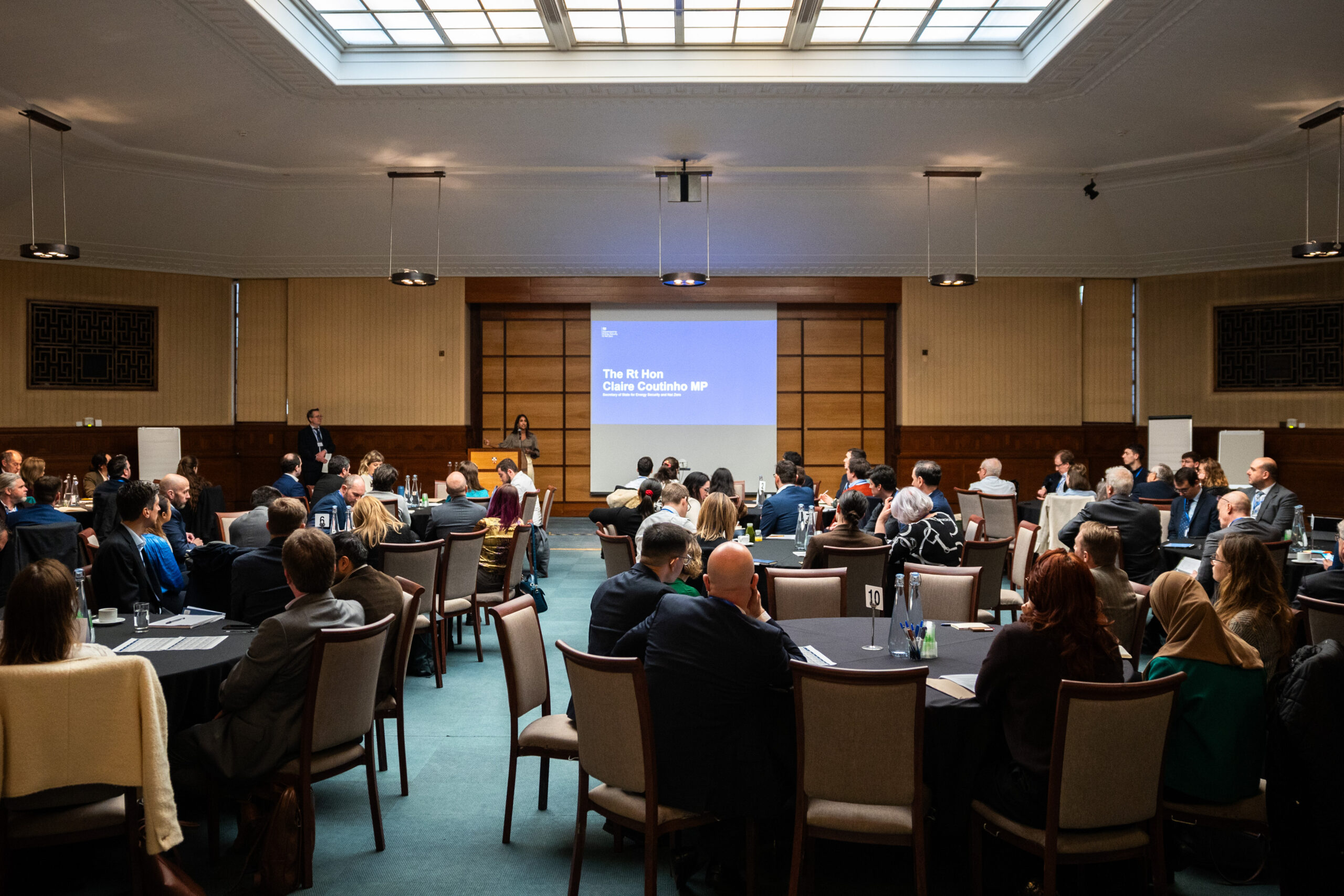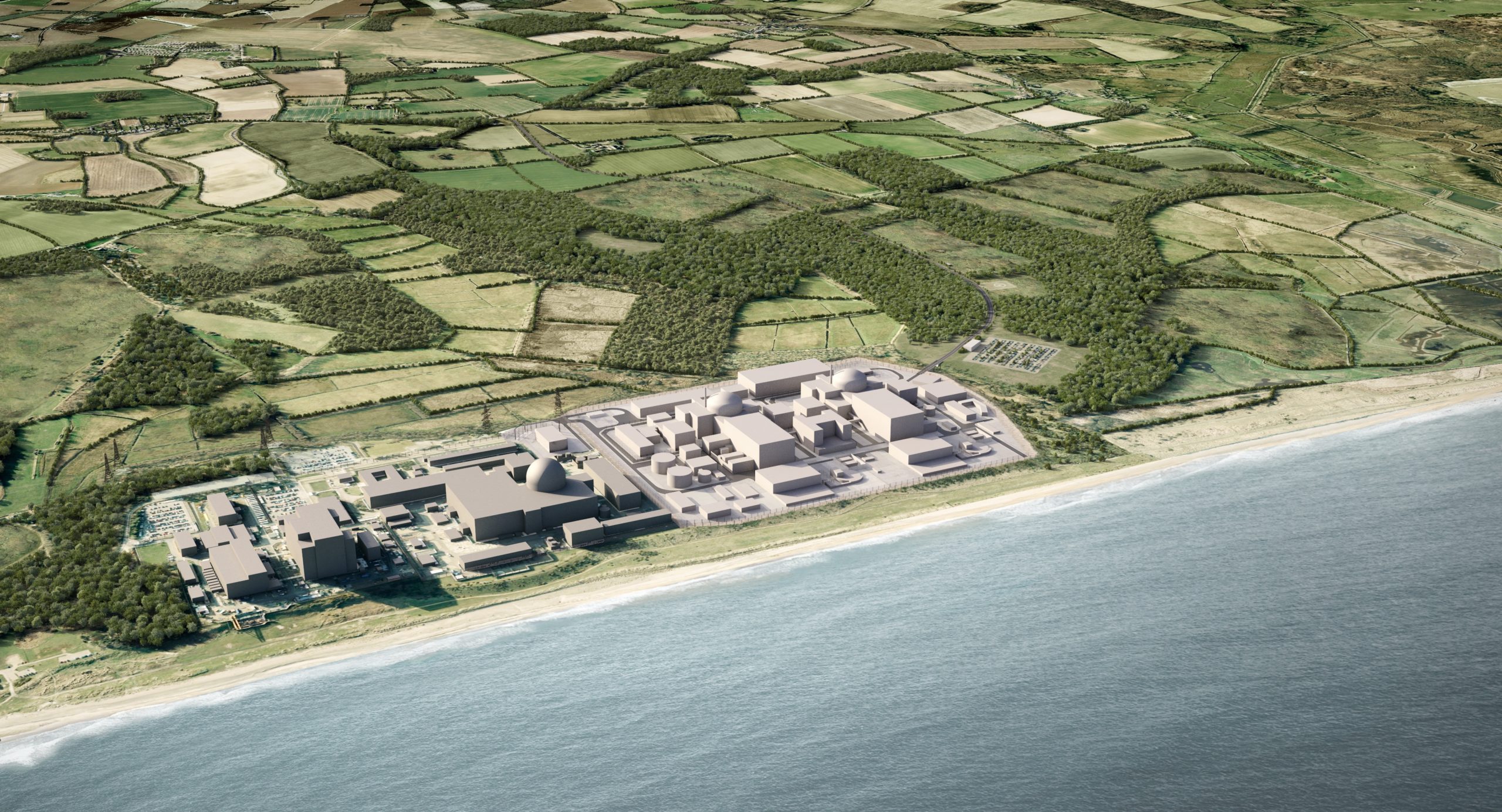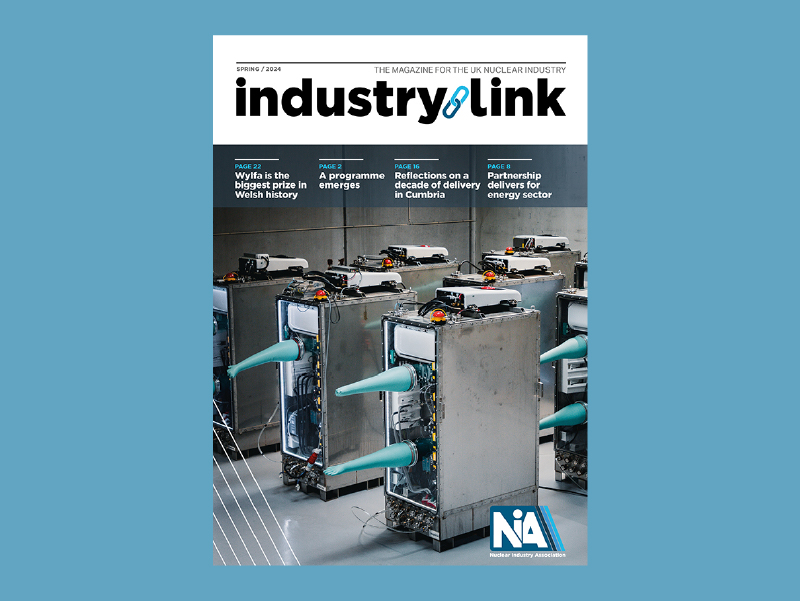The Nuclear Industry Association (NIA) welcomes the chance to respond to the Government’s consultation on Hydrogen Business Model and Net Zero Hydrogen Fund: market engagement on electrolytic allocation.
The NIA is the trade association and representative body for the civil nuclear industry in the UK. We represent around 250 companies operating across all aspects of the nuclear fuel cycle, including the current and prospective operators of nuclear power stations, the international designers and vendors of nuclear power stations, and those engaged in decommissioning, waste management and nuclear liabilities management. Members also include nuclear equipment suppliers, engineering and construction firms, nuclear research organisations, and legal, financial and consultancy companies.
Our members may choose to make their own, detailed response to this consultation. The focus of this submission is therefore on high-level, industry-wide matters.
Do you agree with the proposed eligibility criteria for the first 2022 HBM/NZHF electrolytic allocation round?
Do you agree with the proposed evaluation criteria for the first 2022 HBM/ NZHF electrolytic allocation round?
Yes, we agree with the eligibility and evaluation criteria set out in the consultation document.
In the NIA’s response to the Government’s consultation into Designing the Net Zero Hydrogen Fund, we encouraged BEIS to continue to work with industry on which economic benefits need to be shown by applicants. We recognise that applicants now need to demonstrate economic growth, particularly to local economies, support for highly skilled and highly paid jobs, and sustainable business practices.
However, economic benefits extend beyond the three currently listed, and this criterion should be adaptable as the Fund and UK hydrogen market evolves, as well as the needs of the country.
We also highlighted that consideration should be made applicants are not under-resourced in expertise in these areas before applying, as this could disadvantage smaller-scale projects that are essential to scaling the market.
There could be an opportunity for economic benefits to be partly connected to the criterion that require the identification of at least one offtaker, particularly if the offtaker is in the same region as the project; further emphasising the need for fluidity across the criteria and a joined-up approach across the management of the Fund.
Do you agree with the proposed portfolio factors?
Yes, we are happy with the proposed portfolio factors, although if the Government were to consider other factors, we would want to see more detail and how they would be weighted against location and affordability.
Do you agree with our high-level approach to agreeing a HBM and CAPEX offer?
Do you think up to 20% CAPEX co-funding alongside HBM support is sufficient to enable electrolytic projects to take FID?
Yes, we are supportive of this proposition.
For agreeing the HBM offer, would you be in favour of having different pathways or negotiation approaches for projects?
Do you have any suggestions on what approaches could be used to differentiate projects and determine which pathway a shortlisted project goes into? What criteria would you use (e.g. MW)? What threshold would you use (e.g. 40MW)?
As a trade association, we will leave suggestions on approaches and pathways for the companies who may benefit from the Fund and/or Business Models within our sector. However, we must emphasise that any differentiation between projects must enable a level playing field as much as possible.
The Government has said that there is no one ‘silver bullet’ technology that will achieve Net Zero, but a mix. This should be reflected in the Government’s strategy for enabling the UK hydrogen sector, particularly due to its nascent nature. Achieving a level playing field should be a consideration with every decision made in regards to funding and other policy mechanisms.
Other comments
More broadly, we ask that BEIS show flexibility in the details of project arrangements between submission of bids and final contracts agreed, as well as flexibility to the specific circumstances of different projects.
These FOAK projects mean that the industry will be learning as it the project progresses, and offtake arrangements, project sizing, and more, will evolve. Therefore it is essential that the Government remain flexible under these circumstances.












